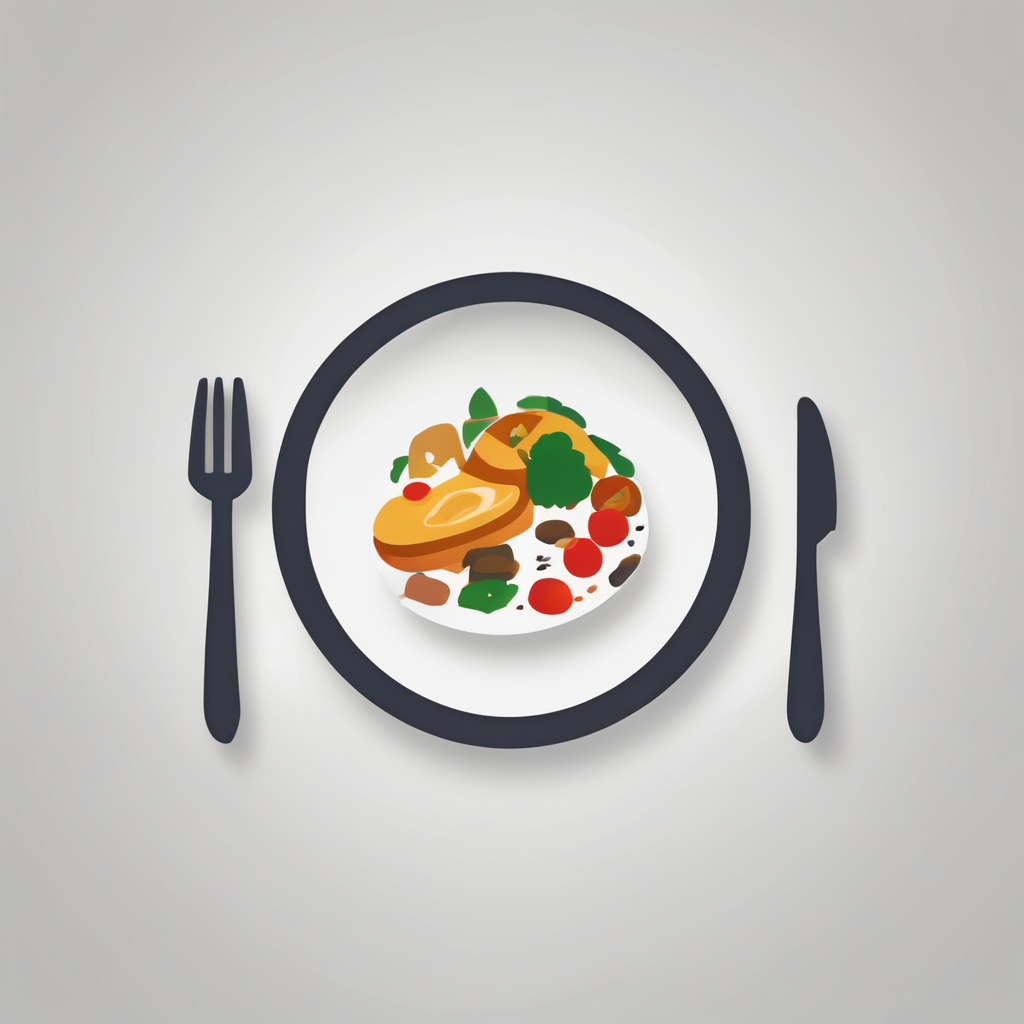Role of Interior Design in Shaping Bar Atmosphere
Interior design plays a crucial role in defining the bar atmosphere. The layout, lighting, color schemes, and furniture all contribute to creating an inviting space that influences patrons’ mood and behavior. In UK bars, where diversity in themes and styles is vast, interior design helps differentiate venues, tailoring ambiance to target specific demographics or occasions.
Design elements set the tone, affecting social dynamics by encouraging either lively interaction or more intimate conversations. For example, brighter lighting and open seating may foster a festive, communal vibe, while dim lights and plush seating can create a relaxed, cozy environment. This distinction shapes how customers experience the space and perceive the bar’s identity.
Also read : How essential is staff training to the success of kitchen restaurant bars in the uk?
UK bar-goers often have clear expectations about ambiance, seeking venues that match their mood or event. The right interior design supports these expectations, making guests feel comfortable and enhancing overall satisfaction. From rustic, industrial decor to sleek modern interiors, the ambiance crafted through careful design decisions is central to a bar’s success in attracting and retaining customers.
Impact of Lighting on Bar Experience
Lighting design plays a crucial role in shaping the atmosphere and overall experience within bar interiors, particularly across the vibrant UK nightlife scene. Different types of lighting can significantly influence patrons’ moods and perceptions, making it an essential component for establishing a bar’s identity.
Additional reading : Discovering how uk restaurant bars captivate and keep loyal patrons engaged
Mood lighting, such as warm amber tones or cool blue hues, is commonly used to evoke specific psychological responses. Warm lighting tends to create a cozy, inviting space that encourages relaxation and social interaction. Conversely, cooler lighting can generate a sleek, modern feel, appealing to a younger, trendier crowd. These lighting choices are far from arbitrary; they directly affect how customers engage with the environment and perceive the bar’s character.
For example, some UK bars utilize dynamic, color-changing LEDs to energize the space during peak hours, fostering excitement and a party vibe. Others prefer softer, dim lighting to provide an intimate backdrop for conversations, distinguishing their bar interiors from others in a crowded market. Such thoughtful lighting design not only enhances the aesthetic appeal but also reinforces the bar’s unique identity, ensuring it stands out in the competitive UK nightlife landscape.
Significance of Furniture and Spatial Layout
The choice of bar furniture and its spatial layout significantly impacts both the aesthetic appeal and the functional efficiency of a bar. A carefully planned seating arrangement does more than offer comfort; it fosters customer interaction and encourages longer visits, which in turn boosts revenue. For instance, circular table setups naturally invite conversation, while high stools at the bar encourage more casual and brief engagements.
Effective space planning is crucial to creating an inviting atmosphere that accommodates various customer preferences. In UK bars, layouts that optimize flow allow patrons and staff to move seamlessly, reducing congestion during peak hours. This not only enhances customer experience but also ensures crowd management remains efficient, preventing bottlenecks or overcrowding.
Incorporating different types of seating — such as booths, lounge chairs, and traditional bar stools — provides versatility. It caters to individuals and groups, accommodating different social dynamics. Prioritizing open pathways and strategically positioning furniture can help maintain a lively yet comfortable environment, which is key to encouraging repeat visits and positive reviews.
Effect of Colour Schemes and Thematic Concepts
Colour psychology plays a crucial role in shaping the atmosphere and customer experience within bars. Different colour schemes evoke distinct emotions and can subtly influence behaviour. For instance, warm colours like reds and oranges stimulate excitement and energy, encouraging social interaction and a lively atmosphere. Cooler tones such as blues and greens tend to create a calming, relaxing environment, ideal for bars focusing on intimate or sophisticated experiences.
In the context of the UK bar scene, themed bars frequently employ colour schemes purposefully to reinforce their identity. These themes range from vintage and rustic to futuristic and tropical, each supported by specific palettes that accentuate the concept and invite the target audience. For example, a tropical-themed bar might use lush greens and sunny yellows paired with natural wood textures, while a speakeasy-style venue could lean on deep burgundies and dark woods to evoke mystery and nostalgia.
Recent UK design trends highlight a growing preference for immersive bar concepts, where colour and thematic design work hand-in-hand to transport patrons. Designers often integrate lighting that complements the colour scheme, enhancing the overall sensory experience. This intentional use of colour as part of broader bar concepts not only attracts clientele but also encourages longer stays and repeat visits.
By carefully selecting and combining colours aligned with their theme, bar owners can effectively influence atmosphere and customer behaviour, helping their establishment stand out in a competitive market.
Case Studies: Notable UK Bars and Design Innovations
Exploring case studies of iconic UK bars reveals how innovative design significantly enhances the guest experience. Take, for instance, a bar that combines industrial elements with warm lighting, creating both a modern and inviting atmosphere. Such designs prioritize customer comfort while showcasing originality.
Real-life examples demonstrate that thoughtful layout and material choices impact not only aesthetics but functionality. Interior designers emphasize maximizing space usage without compromising style, which is crucial in busy city bars. Bar owners often share how design improvements increased foot traffic and customer satisfaction.
One key insight from these professionals is the balance between visual appeal and practicality. Designs incorporating durable surfaces and adaptable seating arrangements accommodate fluctuating crowds efficiently. The ongoing innovation in UK bar interiors continues to redefine how patrons perceive and enjoy nightlife venues.
